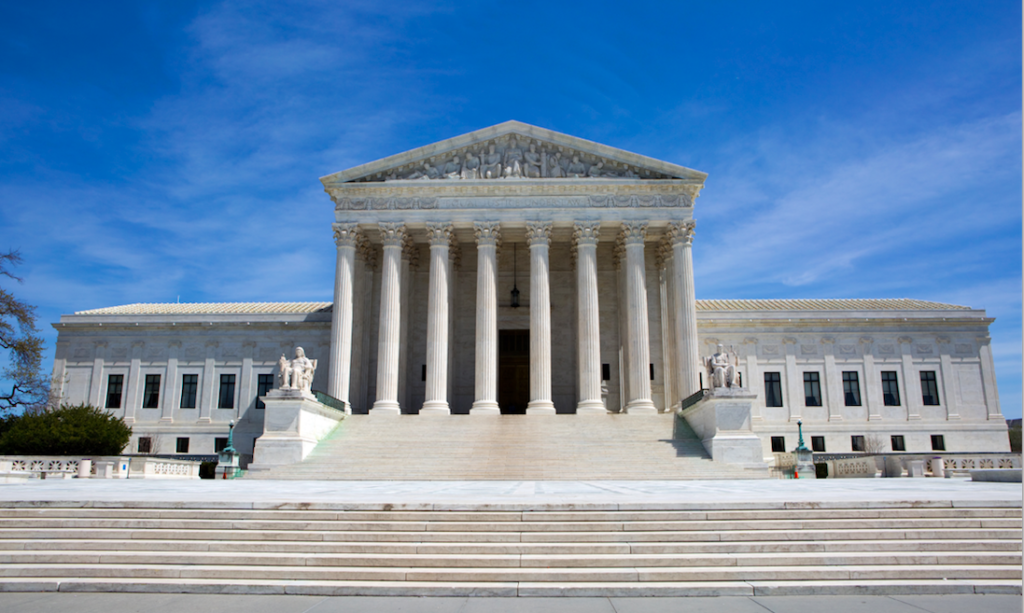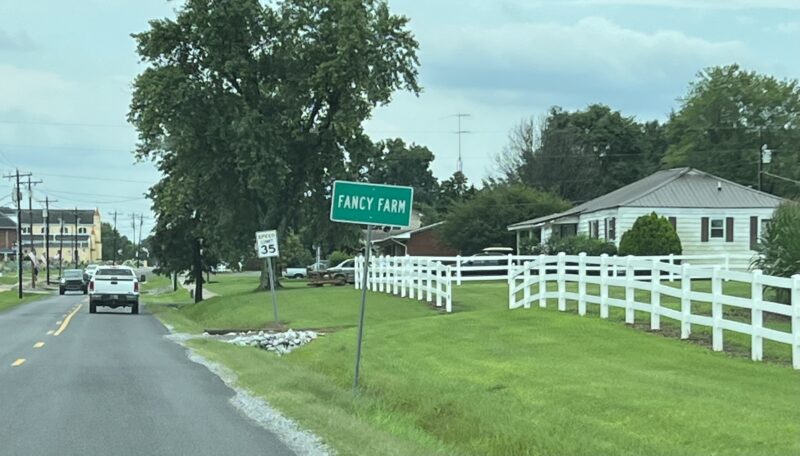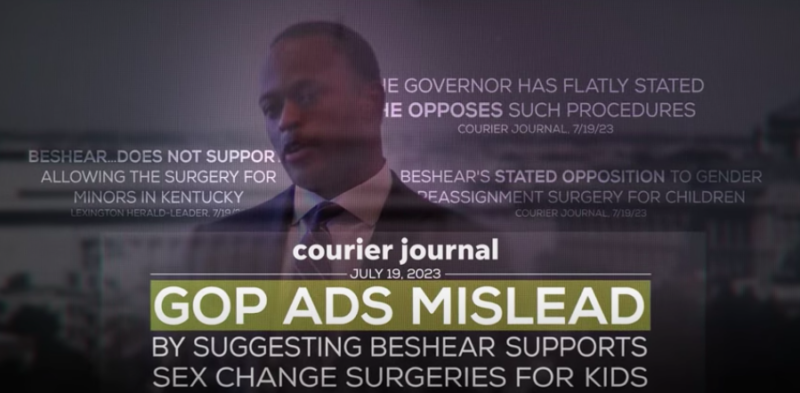Op-Ed from J. Brandon Thompson
Short answer? It doesn’t…yet.
In predictable fashion, the pro-life and pro-choice camps came clamoring to social and traditional media alike to express their respective adulation and furor for the recently leaked first draft of Justice Samuel Alito’s majority opinion in Dobbs v. Jackson Women’s Health Organization the ruling that, if it holds, would overturn both Roe v. Wade and its lesser-known successor, Planned Parenthood v. Casey.
I point out that it is only a first draft because it is still possible that it doesn’t pan out as now popularly expected. Unless and until a majority of the justices on the Supreme Court of the United States both vote and sign on to a majority opinion that overturns Roe and Casey, and it is officially printed by the Court and disbursed to the public, it holds no legal weight of law.
It goes without saying that it is extremely rare that even an initial conference vote from the Justices is made public prior to an official opinion being announced by the Court. In fact, the last time I can find that a closed conference vote leaked was ironically with Roe v. Wade. A draft opinion has never been leaked in the Court’s 233-year history.
But a first draft opinion is just that. Justice Alito was presumably tasked by Chief Justice John Roberts with writing the majority opinion. Once he finished that first draft it was circulated among the rest of the Justices on February 10th (according to the stamp on the top of the first page of the draft). What we don’t know is what changes were suggested by the other Justices who reportedly voted with Alito to form a majority—Justices Clarence Thomas, Neil Gorsuch, Brett Kavanaugh, and Amy Coney-Barrett. Chief Justice Roberts has not yet voted to join either side, according to reports.
Supreme Court opinions, like legislation that moves through Congress, are works that evolve with each Justice’s input and the give and take of negotiations. If one Justice thinks Alito went too far, they may threaten to change their vote unless he moves in their direction. It happens more than you think.
A notable example was Planned Parenthood v. Casey. As legal commentator Jeffrey Toobin revealed in his 2007 book, The Nine: Inside the Secret World of the Supreme Court, Justice Anthony Kennedy initially voted with a conservative majority to rule against Planned Parenthood in a case that dealt with a Pennsylvania law that required a woman to notify her spouse prior to obtaining an abortion.
Chief Justice William Rehnquist had already drafted a majority opinion in Casey that would not have overturned Roe v. Wade but would have reined it in. Kennedy was persuaded by then Justices Sandra Day O’Connor and David Souter to join them in a plurality opinion that ruled somewhat narrowly in favor of Planned Parenthood and reaffirmed Roe.
It is with that history in mind that I suggest both sides are prematurely protesting or celebrating. I have read all 98 pages of the draft opinion, and while I believe it is extremely well written and persuasive, it probably won’t end up exactly as it has begun.
Not only could one or more Justices change their minds and votes, thus changing the outcome of the ruling, but Alito may have gone too far for some and thereby be forced to scale back his opinion to keep the majority intact. We won’t know for certain what is happening behind the scenes until the ruling is formally handed down, which isn’t likely to happen until the end of the term in June when SCOTUS typically releases high-profile decisions. Remember, the first draft says it was first circulated in February. I am certain a lot has transpired among the Justices in the intervening months.
But for the sake of argument, let’s assume the leaked draft ends up being the final majority opinion (which is highly unlikely). That would remove abortion from the federal government jurisdiction and place it back in the hands of the state governments as it was prior to Roe v. Wade. So, what would happen to abortion in Kentucky?
The General Assembly passed House Bill 148 in the 2019 session, a so-called “trigger” bill that, if Roe and Casey are overturned, would make the administration of all abortifacient drugs or procedures a Class D felony in the Commonwealth.
Thirteen other states have similar laws on the books, while most political observers believe 26 or more states would effectively outlaw abortion altogether. Each state government would be free to limit, ban, or expand abortion in their respective states.
Kentucky’s ban is total, with the only exceptions being “to prevent the death or substantial risk of death due to a physical condition, or to prevent the serious, permanent impairment of a life-sustaining organ of a pregnant woman.”
Despite the warnings of the doomsday prophets on the left, it would not be illegal to end an ectopic pregnancy, as that threatens the life of the mother. Nor would a natural miscarriage be “a crime scene” that could land an expecting woman in jail. In fact, the legal ramifications fall on would-be abortion providers, not the pregnant woman.
In vitro fertilization procedures would not be endangered (something important to me, even as a pro-life father, since both of my children were ethically conceived with the help of fertility specialists at the University of Louisville). The Kentucky Senate Majority Counsel has determined and informed me that no one could be held criminally liable for creating and/or discarding embryos via IVF since the law only prohibits performing abortions on pregnant women.
The rose-colored-glasses-wearing right should also pump the breaks, considering that ending Roe does not end abortion in the United States. The fight for the unborn simply moves from D.C. to the 50 state capitals, where decisions to limit or expand abortion would then be made. The lobbyists for and against abortion will train their sights and money on state legislative races and governorships rather than congressional and senate elections. The special interests and their billions of dollars always flow toward the political battlegrounds.
Blue states will likely try to find ways to outsource abortion to red states, and red states will try to stop as many abortions as possible inside and outside their borders. These interstate legal considerations will create new battle lines and open novel court challenges to the commerce clause of the Constitution that will require federal courts to arbitrate.
So, before we all come out of our corners swinging at one another, it’s important to wait for the bell of the final majority opinion in the Dobbs case. It’s also wise to realize abortion, even if curtailed in many states, will still be legal and available in many others. Round one may end up being called for conservatives, but the fight is hardly over for either side.
J. Brandon Thompson is a lifelong southern Kentuckian, political junkie, and policy wonk with opinions about everything. Also a Pastor, he most enjoys writing about religion, politics, and the points in which they intersect.




 Login
Login  Must include at least 8 charaters
Must include at least 8 charaters



